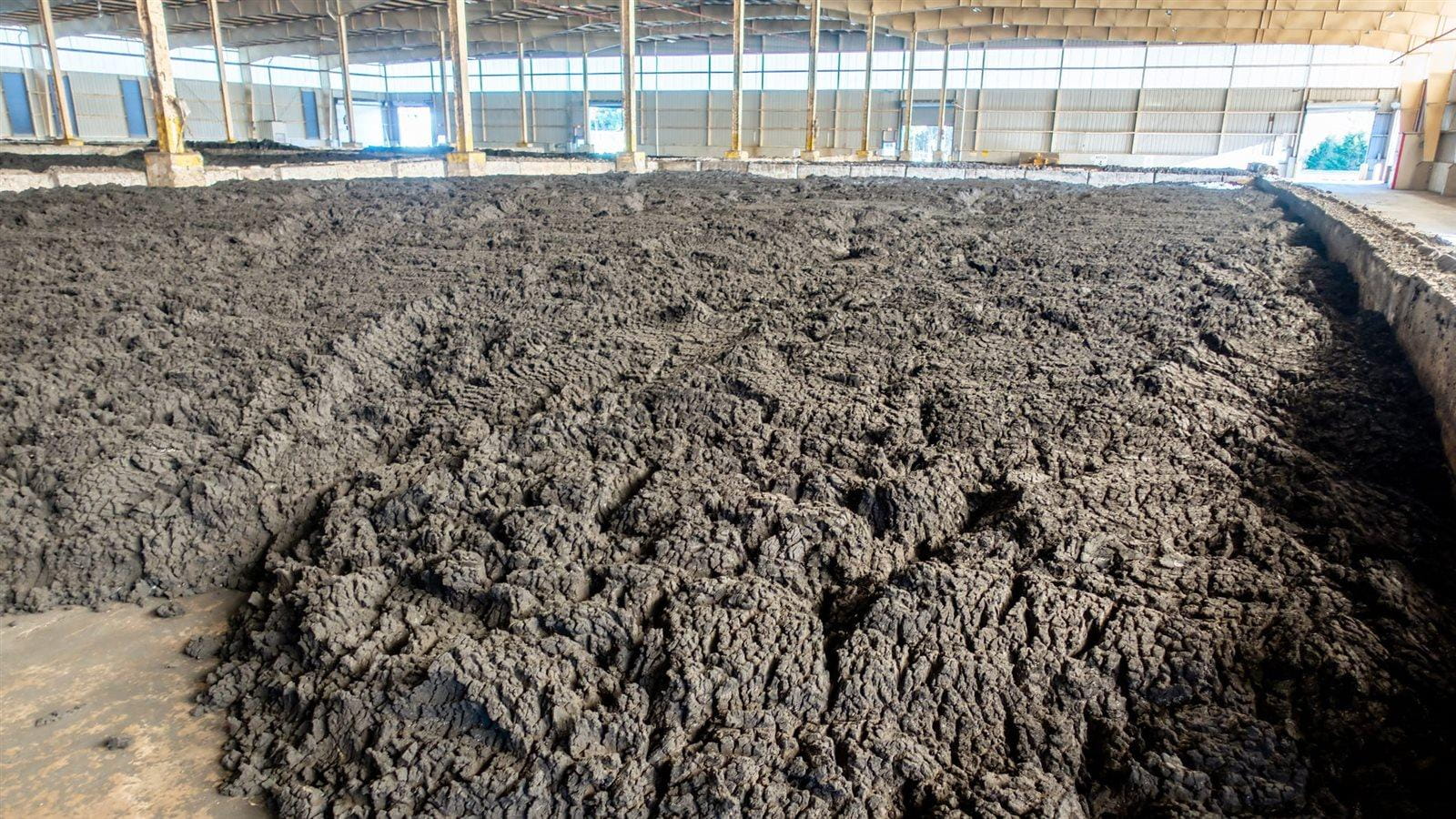Microbes Play a Key Role in Unleashing ‘Forever Chemicals’ from Recycled-Waste Fertilizer

- Drexel Selects New, World-Class Life Sciences Building at 3201 Cuthbert Street for Medical Research Operations
- Breakthrough on Gene Therapy for Hereditary Spastic Paraplegia
- Drexel Environmental Collaboratory Releases Cross-Sector Findings on Severe Weather Recovery Challenges
- Drexel Launches the Manuel Stamatakis Center for Alternative Investments at the LeBow College of Business

Drexel researchers are exploring the pathways that PFAS "forever chemicals" may be taking to reach the natural environment from biosolid fertilizer.
“Forever chemicals” are everywhere — water, soil, crops, animals, the blood of 97% of Americans — researchers from Drexel University’s College of Engineering are trying to figure out how they got there. Their recent findings suggest that the microbes that help break down biodegradable materials and other waste are likely complicit in the release of the notorious per- and polyfluoroalkyl substances (PFAS) into the environment.
In a paper published in the Royal Society of Chemistry journal Environmental Science Processes & Impacts, the group showed how PFAS —chemicals that had been widely used in water, heat and stain-resistant products and have been linked to serious health problems — can leach out of fertilizer made from recycled waste with the help of microbial decomposition. The finding could help to explain how PFAS accumulates in the soil, crops and groundwater in farmland across the country.
“Because it is not currently possible to eliminate PFAS from the environment, it’s important to understand everything we can about how it is able to persist and accumulate so broadly in the natural world,” said co-author Asa Lewis, PhD, who led the research as a doctoral student at Drexel along with environmental engineers from Temple University. “Our work shows how microbial weathering fits into the PFAS dissemination pathway from biosolids.”
According to the Environmental Protection Agency, about half of all sewage waste in the U.S. – about 4.5 million metric tons -- is treated and converted to a sludge, called biosolid waste. About half of that goes through further treatment to remove biological and chemical contaminants and is converted into a fertilizer product. For the last 50 years, this fertilizer has been used throughout the country on farmland, residential gardens and landscaping.
But research in the last year raised concerns about this widespread use when it revealed that PFAS can persist in biosolid fertilizer, despite the treatment process.
“We know that microbes exist in biosolid sludge even after the stabilization treatment process and given the role they play in the decomposition of organic compounds, such as fats, protein, and polysaccharide residuals in the biosolids, we wanted to examine how microbial weathering of these organic compounds can impact PFAS leaching potential from biosolids over time because it PFAS compounds are thought to stick to these compounds,” said Christopher Sales, PhD, an associate professor in the College of Engineering and a co-author of the study.
To do it, the team collected biosolid samples that had undergone one of three types of treatment — aerobic digestion, anaerobic digestion or composting — at wastewater recycling and reuse facilities. The content of each sample was tested to determine the initial level of organic matter, proteins and lipids and PFAS concentration in these different types of biosolids. These samples were then placed in an environmentally controlled chamber for three months to look for indicators of microbial activity, especially degradation of organics, lipids and proteins, and sought to see how this microbial activity affected how much PFAS would partition from the biosolids into water.
The researchers found that the samples with the highest level of microbial activity also demonstrated the highest level of PFAS partitioning — an indicator that this biosolid sludge would be more susceptible to PFAS leaching.
The results demonstrated this increase in PFAS partitioning over the three months, especially in the first 10 days of the experiment, is likely due to the microbes breaking down proteins and lipids in the biosolid, which allows the PFAS to spread, or partition, as water passes through.
“This work provides evidence that microbial weathering processes that lead to degradation of organic matter and biopolymers — as indicated by lipase activity, protease activity, and oxygen consumption rate, as well as changes in lipid, protein, and organic content — can impact PFAS partitioning and increase leaching potential in biosolids,” the authors wrote.
The team noted that the results likely implicate microbes in the process of PFAS leaching from biosolids after they are land-applied, but further research is needed to confirm how they are transported through the soils to surface waters, like rivers and lakes, groundwaters and how they bioaccumulate in crops and animals that might graze where biosolids are applied. In addition, the rate of biosolid weathering in nature might be much different than their lab study considering the role that rainfall, solar irradiation, and physical disturbances impact soil weathering would play outdoors.
The team contends that in order for agencies like the EPA to provide accurate guidance on PFAS risk and acceptable levels of contamination, understanding the path of “forever chemicals” is critical information.
“This research provides evidence that PFAS can leach from biosolids across different stabilization methods in wastewater treatment,” Lewis said. “And it provides more support that regulation or advanced treatment in wastewater treatment plants is needed to reduce impacts to the environment.”
In addition to Lewis and Sales, Farshad Ebrahimi, Erica R. McKenzie and Rominder Suri, from Temple University, contributed to this research. It was supported by the National Science Foundation and the Water Research Foundation.
Read the full paper here: https://pubs.rsc.org/en/content/articlelanding/2023/EM/D2EM00350C
Drexel News is produced by
University Marketing and Communications.